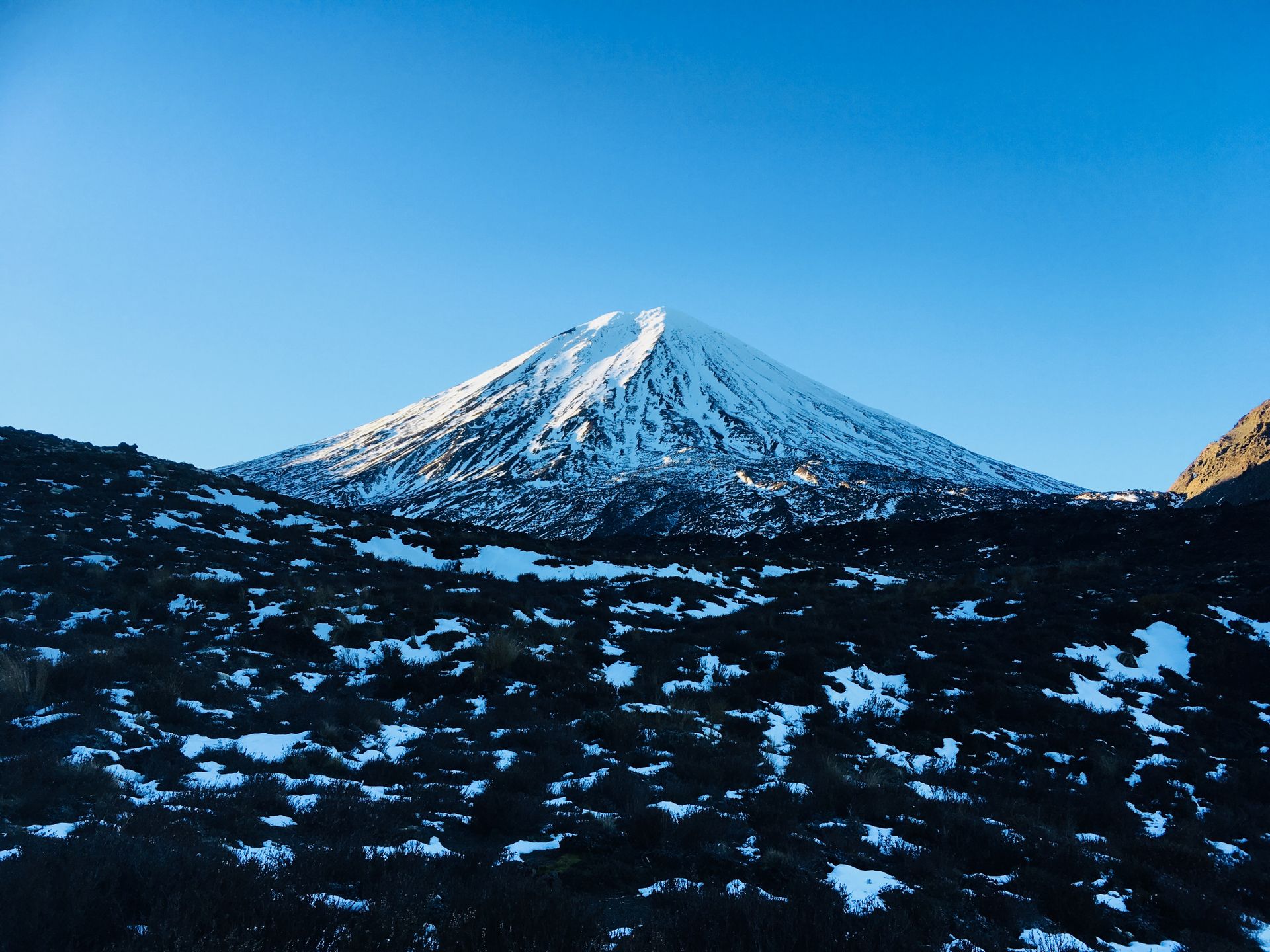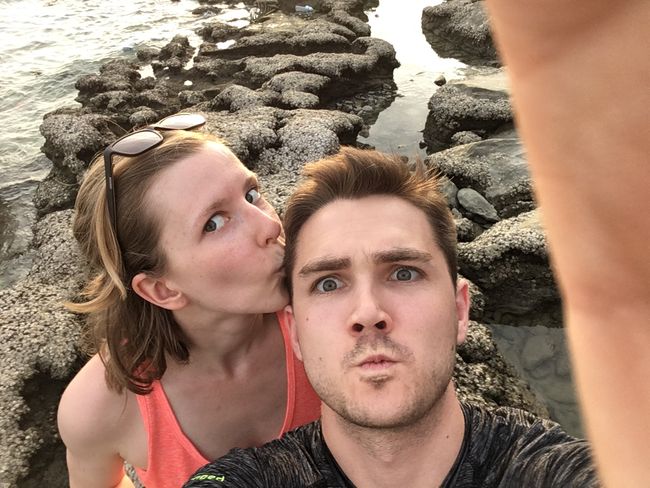On the Road and Blackwater Rafting
Објавено: 10.06.2018
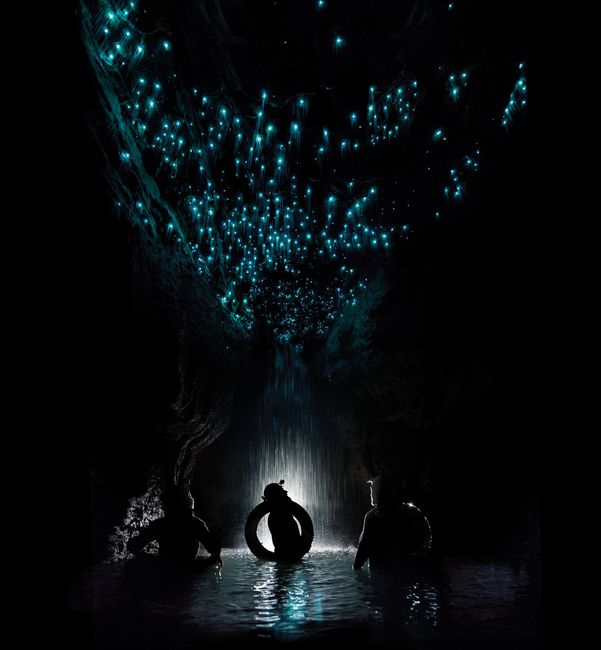
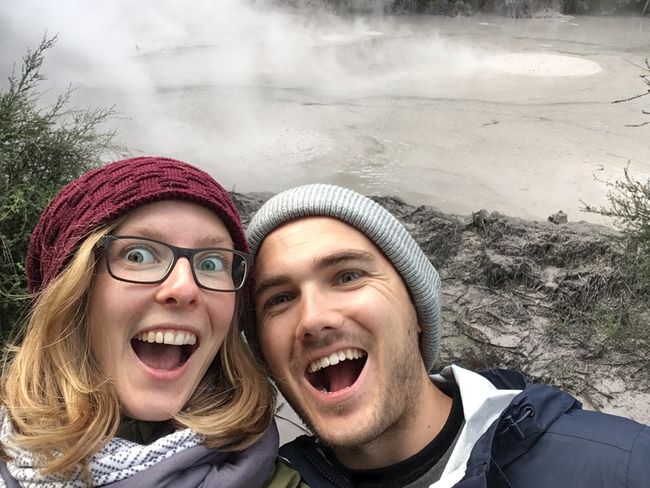
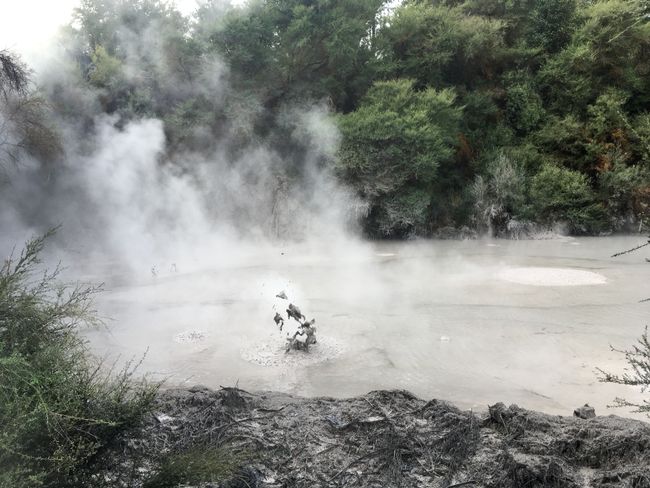
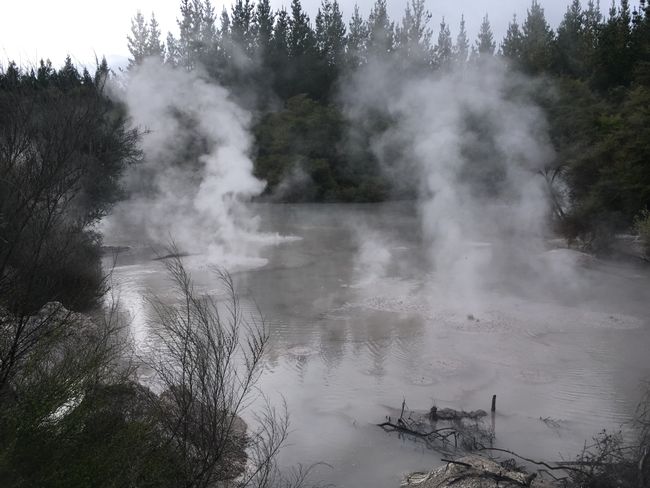
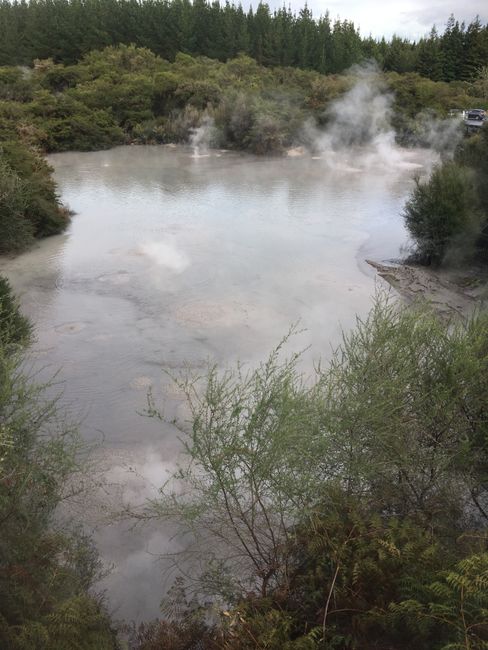
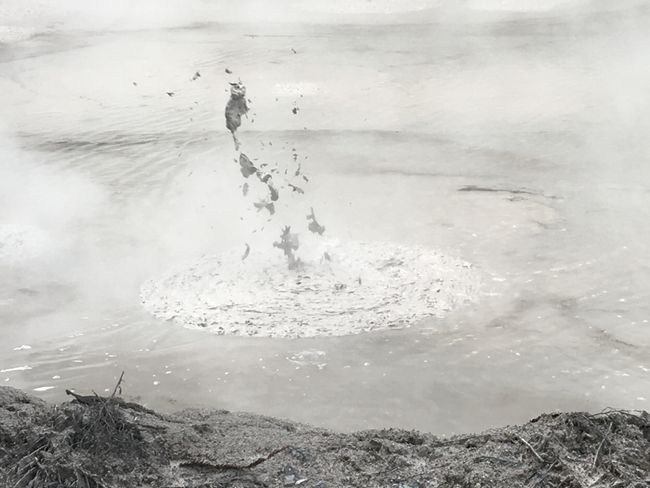
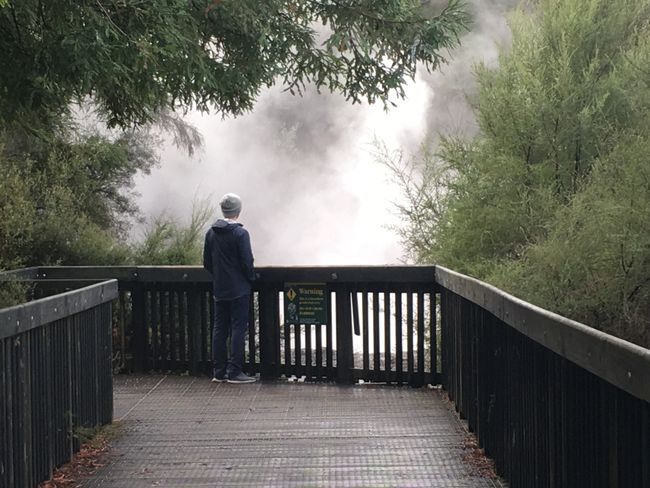
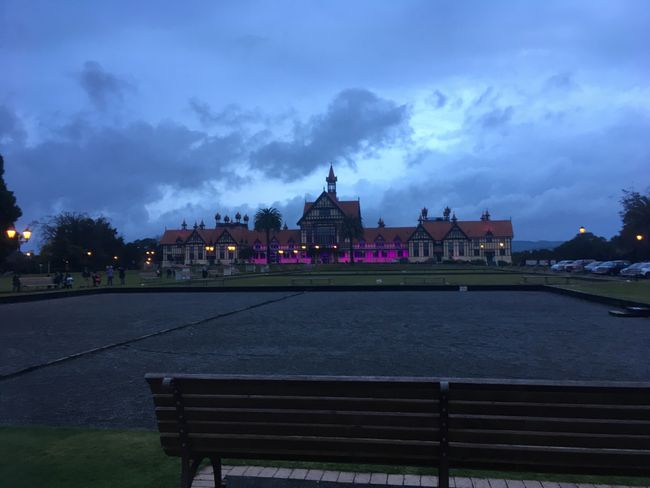
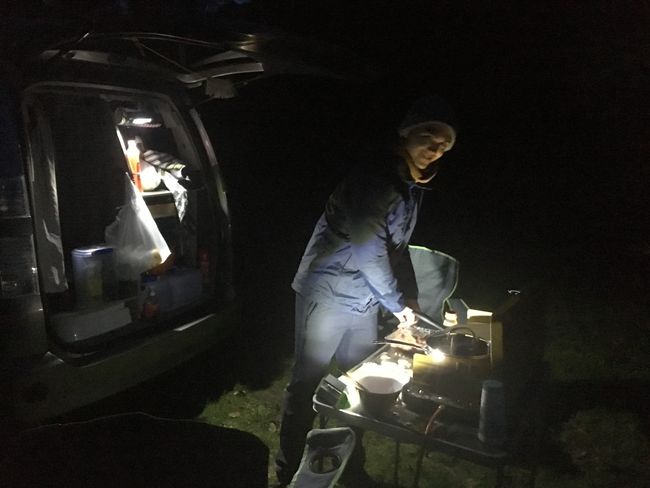
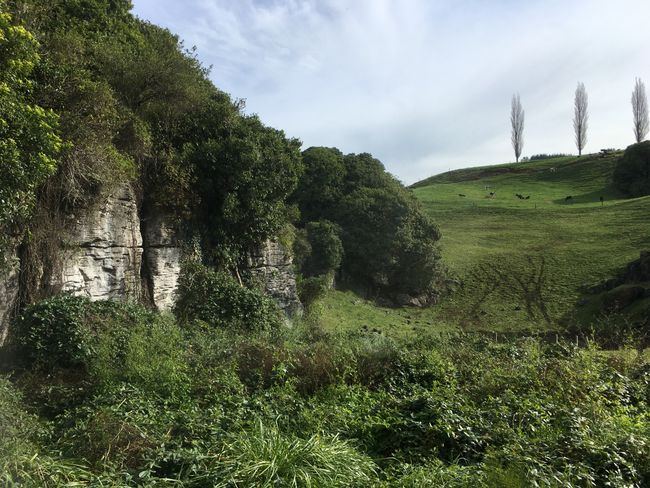
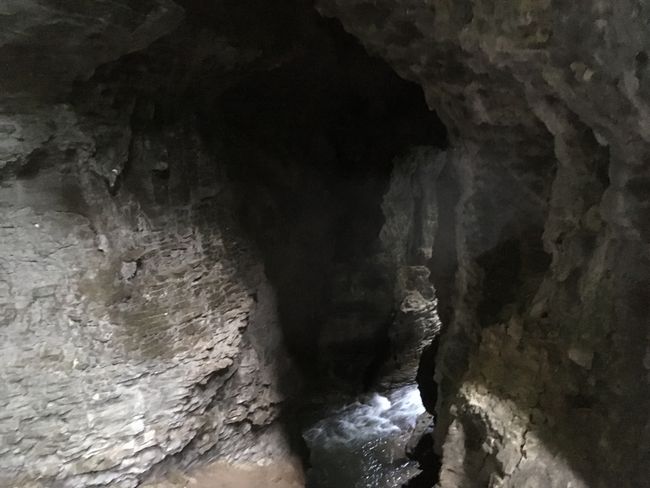
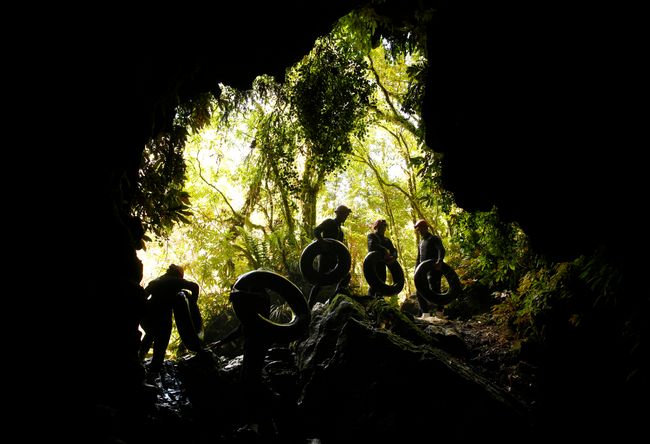
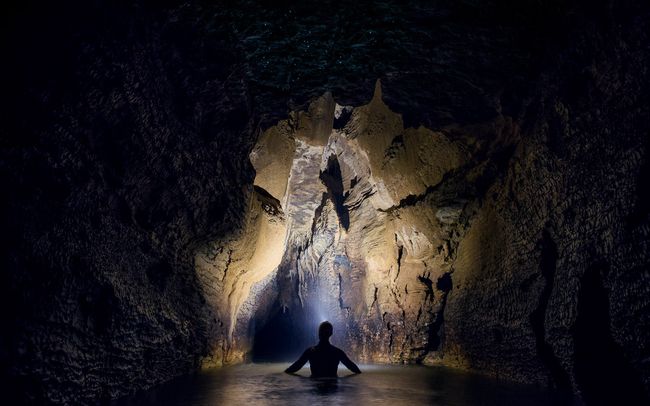
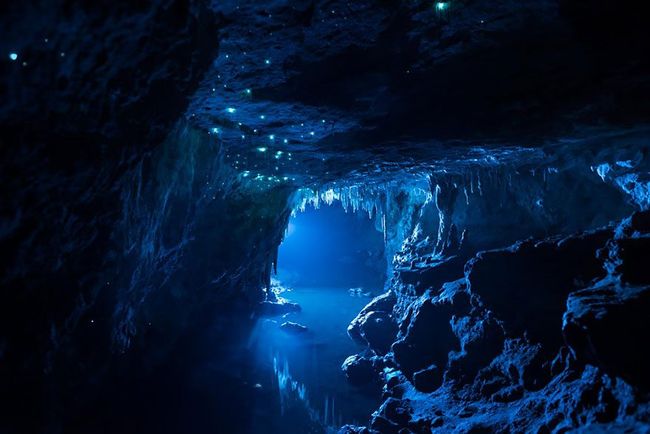
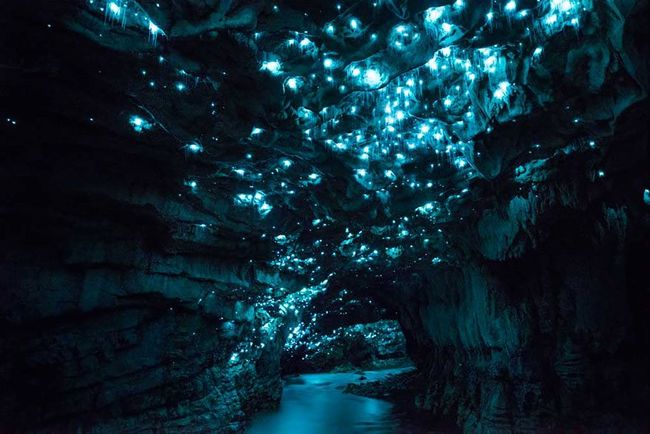
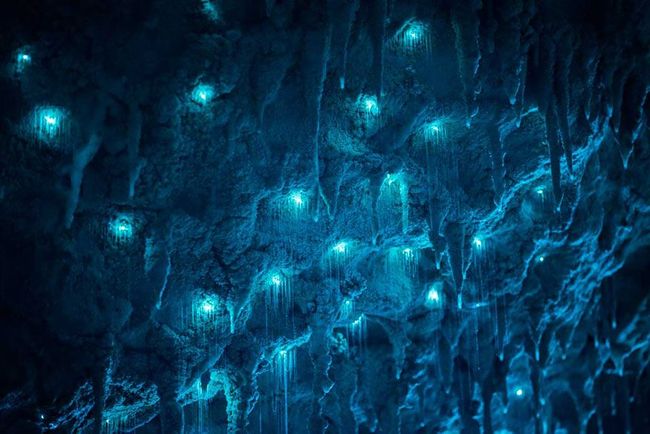
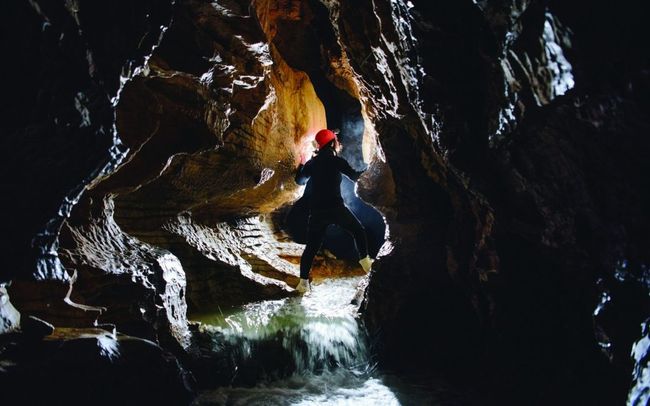
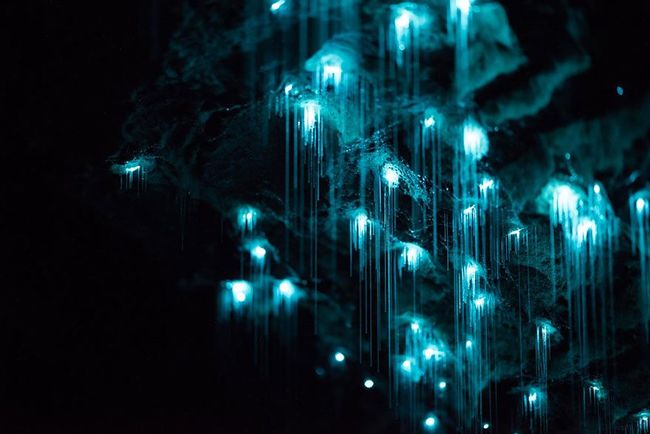
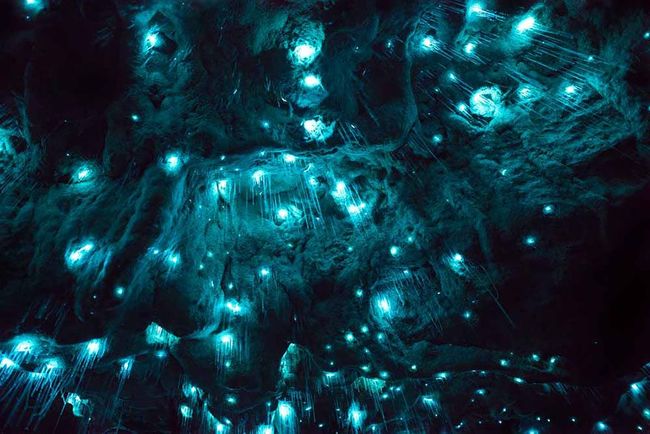
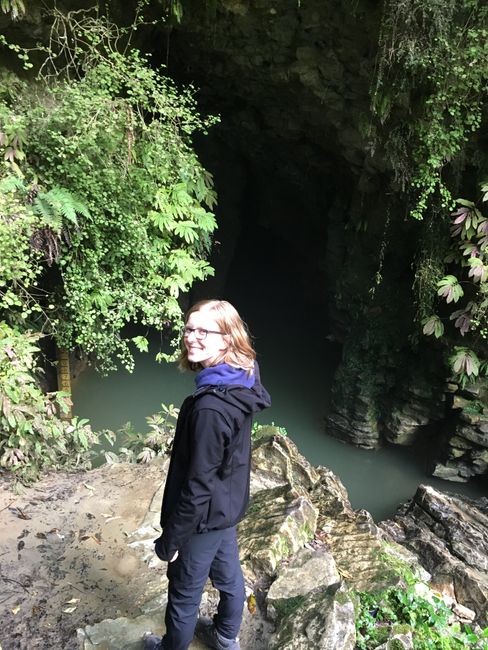
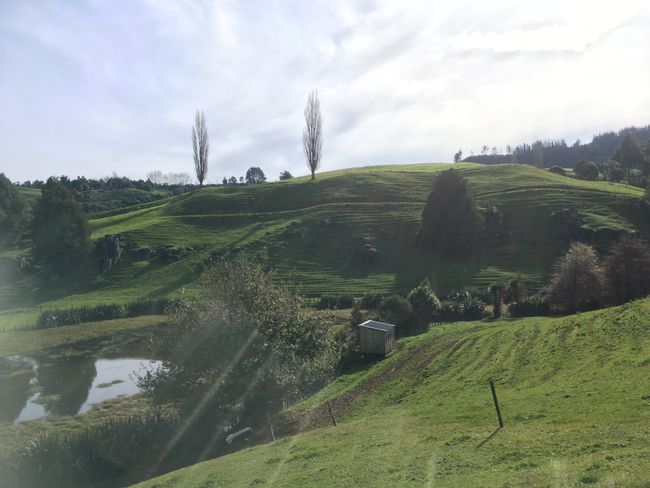
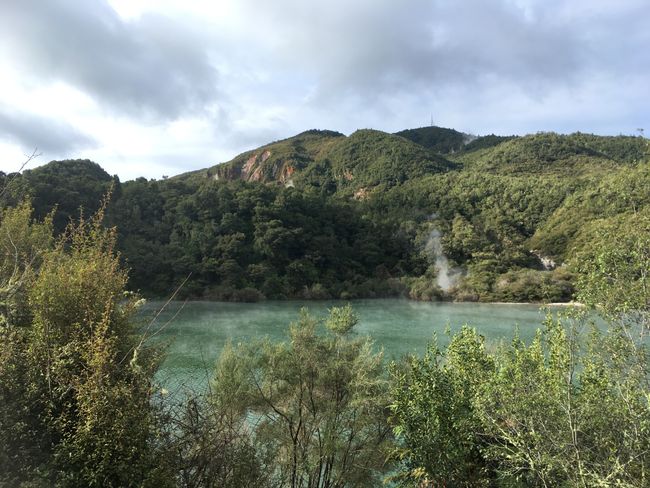
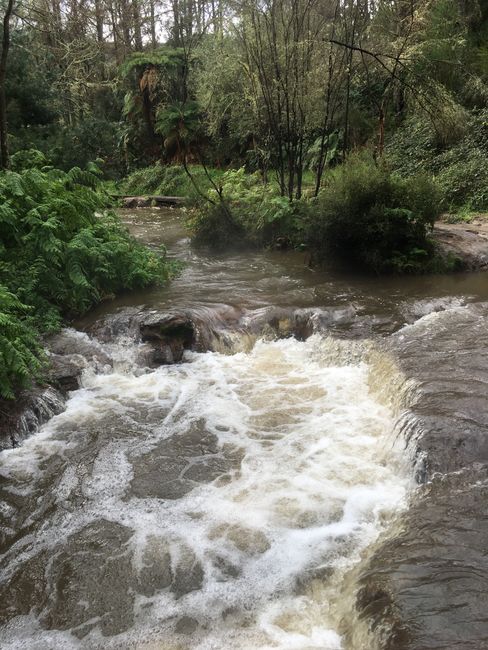
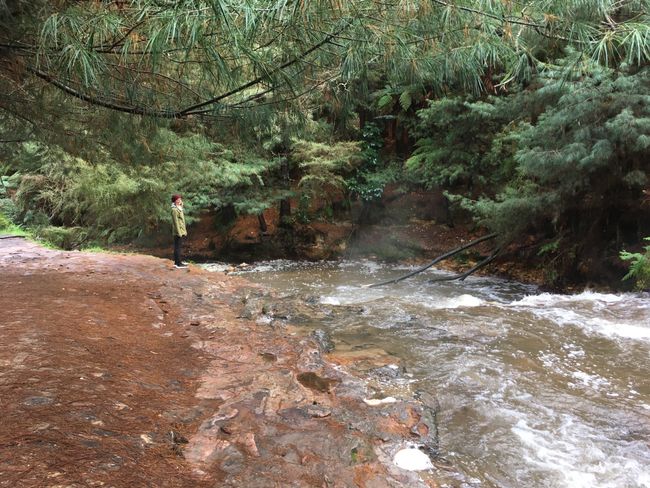
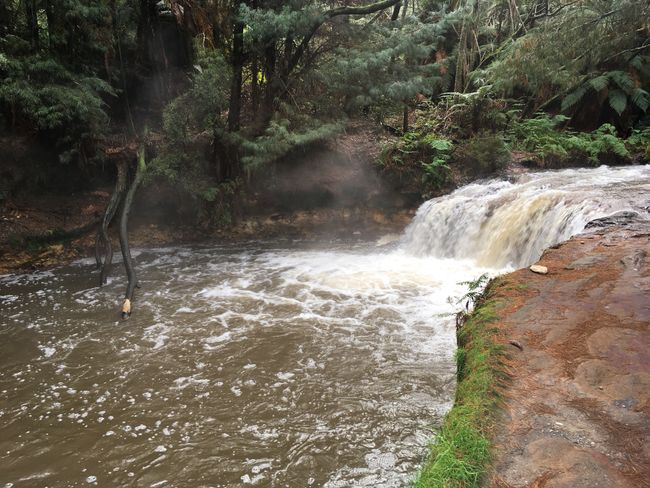
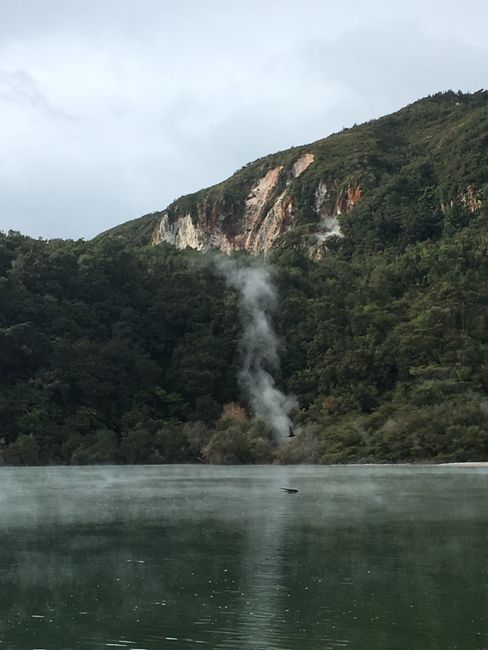
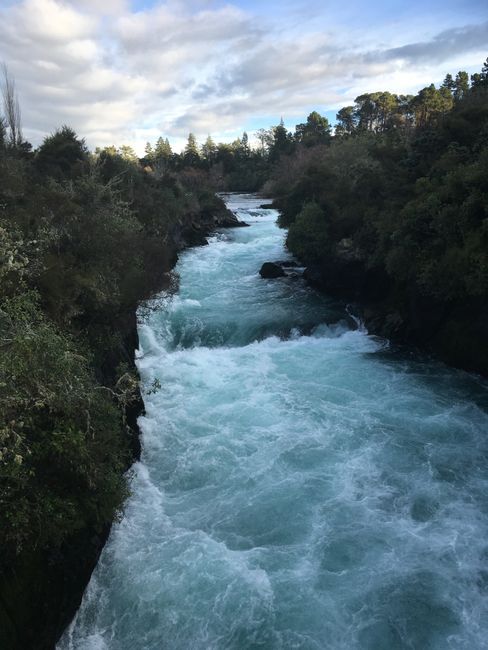
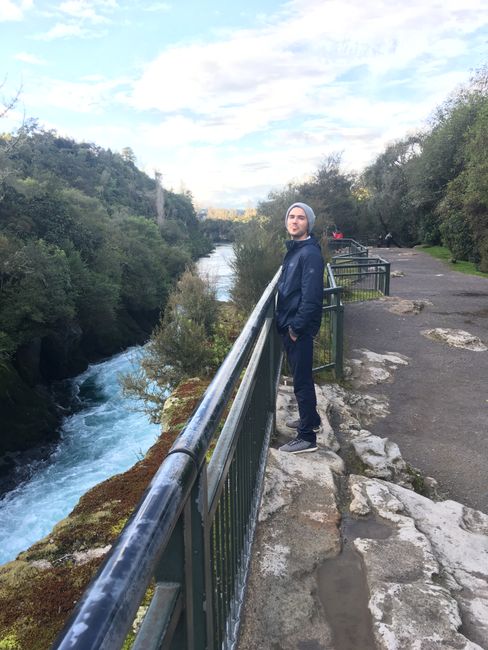
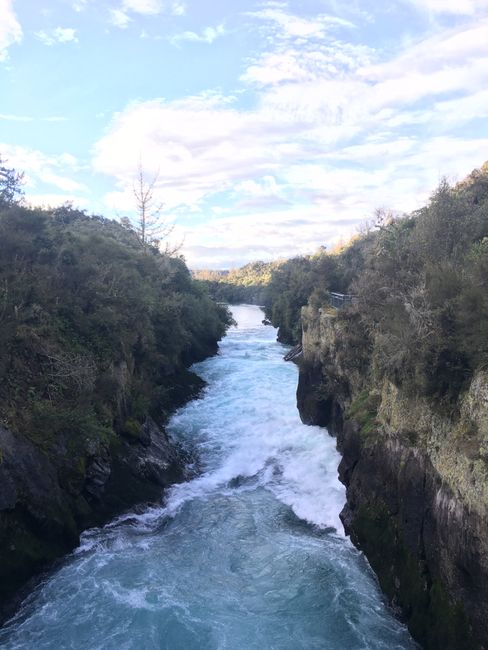
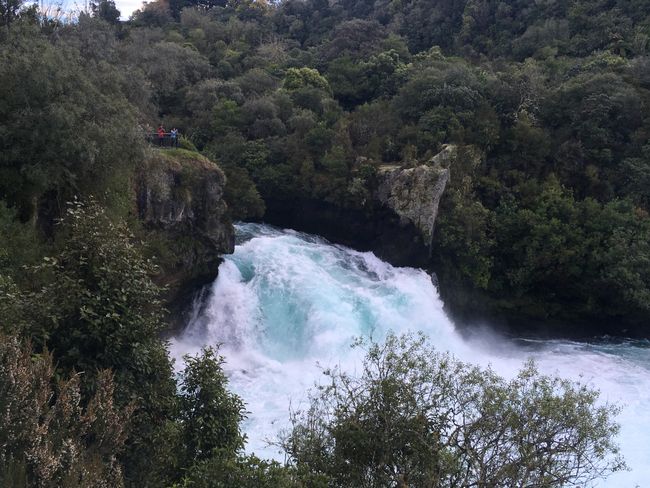
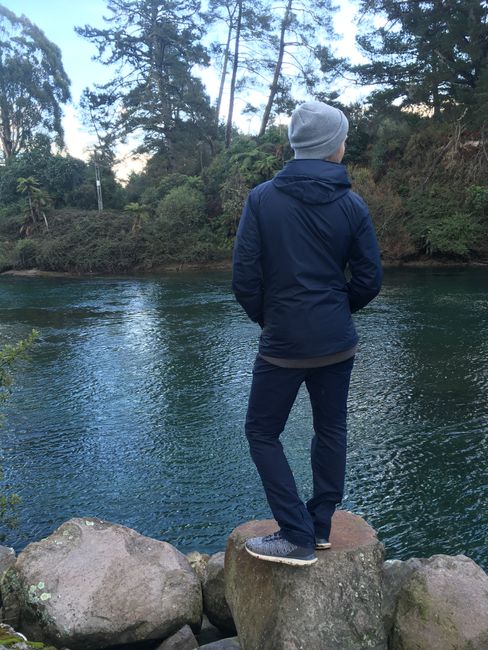
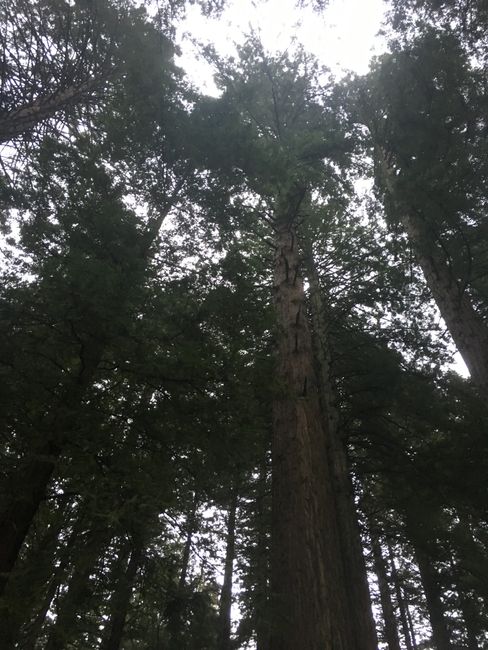
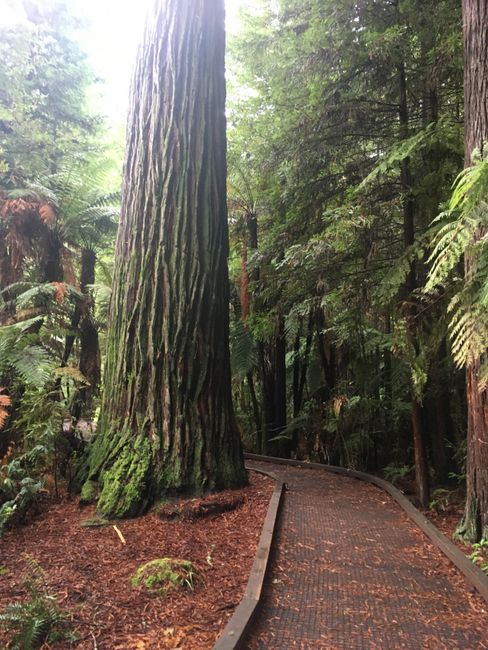
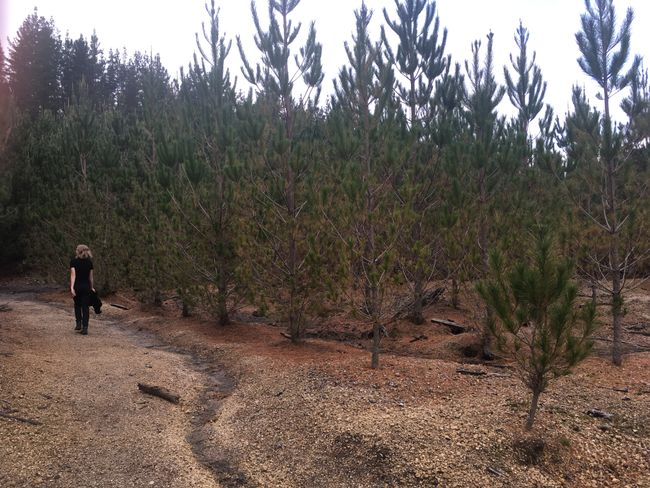
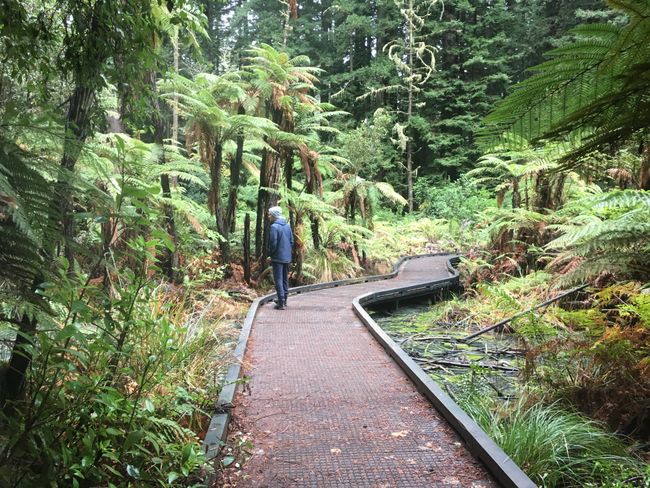
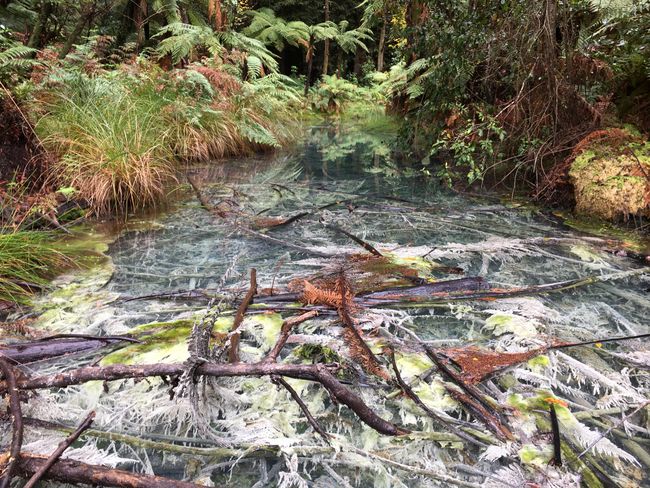
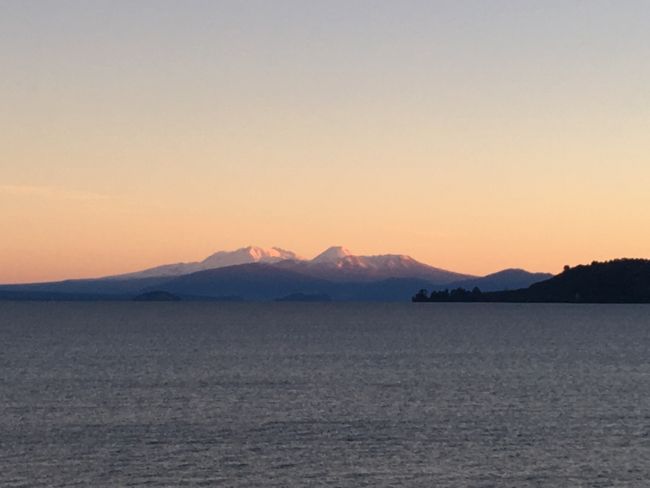
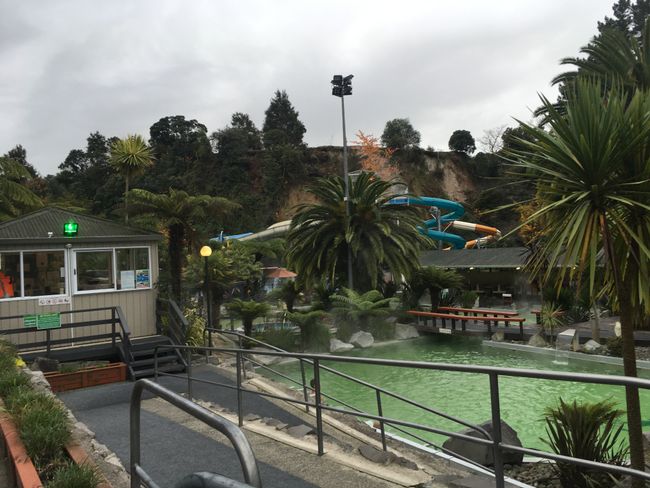
Претплатете се на билтенот
Imagine: two German students, a Japanese car, about 9.5 weeks and 268,021 square kilometers to explore. Where is the best place to start? Some say planning is everything, others prefer spontaneity. In our case, it was a bit of a middle ground. We had been dreaming for weeks and even months about all the things we would do once we got here, but actually being able to do them was amazing. So amazing, in fact, that we didn't really know where to go first. One thing was clear: it should go south. So we left Auckland and hit the winding roads of New Zealand. These roads were described to us beforehand as particularly bad, difficult, and curvy, and apart from the difficulty level, we can confirm this. Away from the main highways, which are relatively large compared to the other roads, the roads become curvy and relatively narrow. But that's no problem for Tobi, who is used to the roads in the Black Forest. Apart from the speed limit (100 km/h), driving here poses hardly any challenges, once you get used to the many roundabouts. You also quickly forget the "driving on the wrong side" thing.
After making good progress on our first mobile day, doing some shopping and getting a few things (e.g. a hot water bottle, because Chantall's operating temperature seems to be a bit higher than the nighttime temperature here), we started thinking about our first night. When you research how to stay overnight in New Zealand as a backpacker, the app Campermate is a quick find. It shows you all the reported camping sites for self-contained and non-self-contained vehicles, as well as many useful pieces of information such as the nearest toilet, gas station, or ATM. Very handy if you need to fuel up your mobile home frequently and don't want to use the chemical toilet. With this app, which we could use without Wi-Fi after buying a SIM card here, we drove to a campsite that was free and had a toilet. In other words, we stayed overnight in a parking lot next to a sports field. Just like real campers, we had a small selection of canned food that evening... and simply the most amazing night sky we had seen in a long time. So there we were, at 6 p.m. in complete darkness at about 5 degrees Celsius, with the stars above us and a beautiful blood moon (the first one for Chantall, by the way) and we were having dinner. It couldn't have been more perfect :). Unfortunately, we don't have any pictures of that, as we realized that it may have been a somewhat poor idea to drive off without a proper camera. (The phone camera works well during the day but is useless at night...)
After our meal, a trip to the dishwashing station (with icy cold water brrrr....), and making our bed in our van for the first time, we cuddled up together under two blankets and on 7 pillows and looked forward to the next days. By now we also had a plan for the next few weeks. First, we wanted to explore the North Island, with the major stops being Waitomo, Matamata, Taupo, Rotorua, Napier, Tongariro National Park, and finally Wellington. The order was still open for changes, as for example, the Tongariro National Park is only recommended in really good weather (who wants to climb a mountain in rain and snowstorm?).
The next morning, we spontaneously headed towards Waitomo. Why Waitomo? The Waitomo District has a lot to offer for those who like action and thrills in their lives, as well as for those who just want to admire a few glow worms in peace. There are countless smaller and larger caves teeming with these little creatures (or rather their poop). This attracts hundreds of thousands of visitors every year, and now us too. Of course, a regular walk was too boring for us, so we looked into what action options were available. One tour caught our attention in particular. A three-hour tube tour through the largest cave, "Ruakuri," with glow worms. So we selected it, booked it, spent another night on a farm, and off we went.
At the beginning of the tour, we realized that winter in New Zealand really isn't the best time to stand outdoors in swimsuits and rain. But the wetsuits we were handed out and quickly put on provided a bit more warmth. In a group of about 9 people wrapped in wetsuits, we then took the bus to the cave. Once there, we were given "tubes" and instructed to test the right size. What can you imagine about that? Well, basically we were standing there in the rain, squeezing our behinds through truck tires. After everyone had found the right size, or rather after everyone just grabbed one since the criteria for the right size were not quite clear, we started the dress rehearsal. Since we would encounter several waterfalls, we were supposed to jump into the nearby river with the tube on our back. This resulted in a lot of laughter, lost contact lenses, and high pitches, as well as everyone having a certain amount of water in their wetsuits. Anyone who has ever had the pleasure of wearing such a suit knows that they only work properly with water, as it warms up with body heat and in turn protects the body from the cold water.
After we were even wetter and even more excited about the caves, we then went to the entrance. Here, we had to climb down a short distance and turn on our helmet lamps. The helmets were necessary because we found ourselves in a world full of stalactites and low cave ceilings. At our feet, the river flowed with initially low speed into the dark depths of the caves. We followed this river. Over protruding rocks, past narrow spots and smaller waterfalls. In the deeper areas, we could simply sit on our tubes and drift, which gave us the opportunity to admire the many thousands and thousands of glow worms. It was simply incredible! Even after our tour guides told us that these are not actual glow worms, but rather the excrement of an insect, but hey, beauty is beauty. After about 2.5 hours in the cave, we found ourselves back in daylight (and therefore in the rain)... happy and looking forward to a hot shower. In the meantime, some photos were taken, but the photographer wasn't really creative and the photos weren't really good afterwards, so we didn't buy them. But we found some nice photos on the internet to give you an impression of our tour.
After the shower and half a dozen bagels (for free), we were back on the road and headed towards Rotorua, our next destination. This region is known above all for one thing: its smell. Everywhere smells like sulfur, as this small town is located in an active volcanic region. The heat from the volcanic activity is particularly used for spas. On the way there, we passed many great places. We saw super blue waterfalls (Huka Falls), admired spouting mud pools and hot springs (Kerosene Creek and mud pools around Wai-O-Tapu), and went on a day hike in Redwood forests. Redwoods are known as giant sequoias or American redwoods. In Rotorua itself, we didn't stay long because the weather had put a damper on our plans. With constant rain, we weren't really in the mood for a long hike, so we thought a day in the spa would be just right. We finally found a spa on a website for cheap deals that offered natural hot pools. The only downside: the spa was in Taupo. So we got in the car and headed to Taupo.
Taupo is located on Lake Taupo on the edge of a mountain range. The view is simply fantastic, and the whole city is really peaceful, cozy, and just beautiful. Just like the spa we chose, where we spent half a day. The pools ranged from 35 to 41 degrees Celsius, and afterwards we felt really relaxed again after the blackwater rafting. Except for a few organizational things (shopping, doing laundry, and getting a haircut), we didn't do much here either. Our thoughts were already focused on our next absolute highlight: Hobbiton awaited us the next day. And it was so amazing that we will write a separate post about it ;)
Many greetings from home :)
Претплатете се на билтенот
Одговори

Извештаи за патување Нов Зеланд
